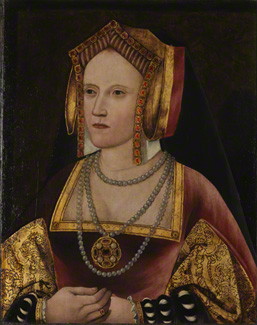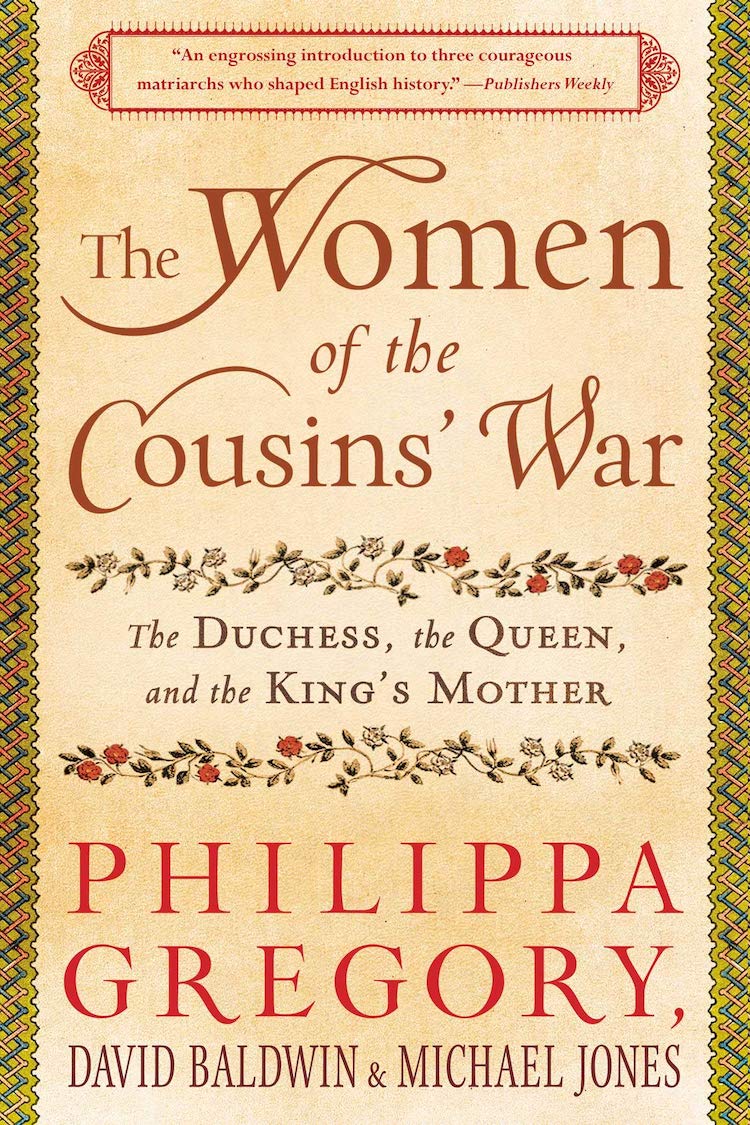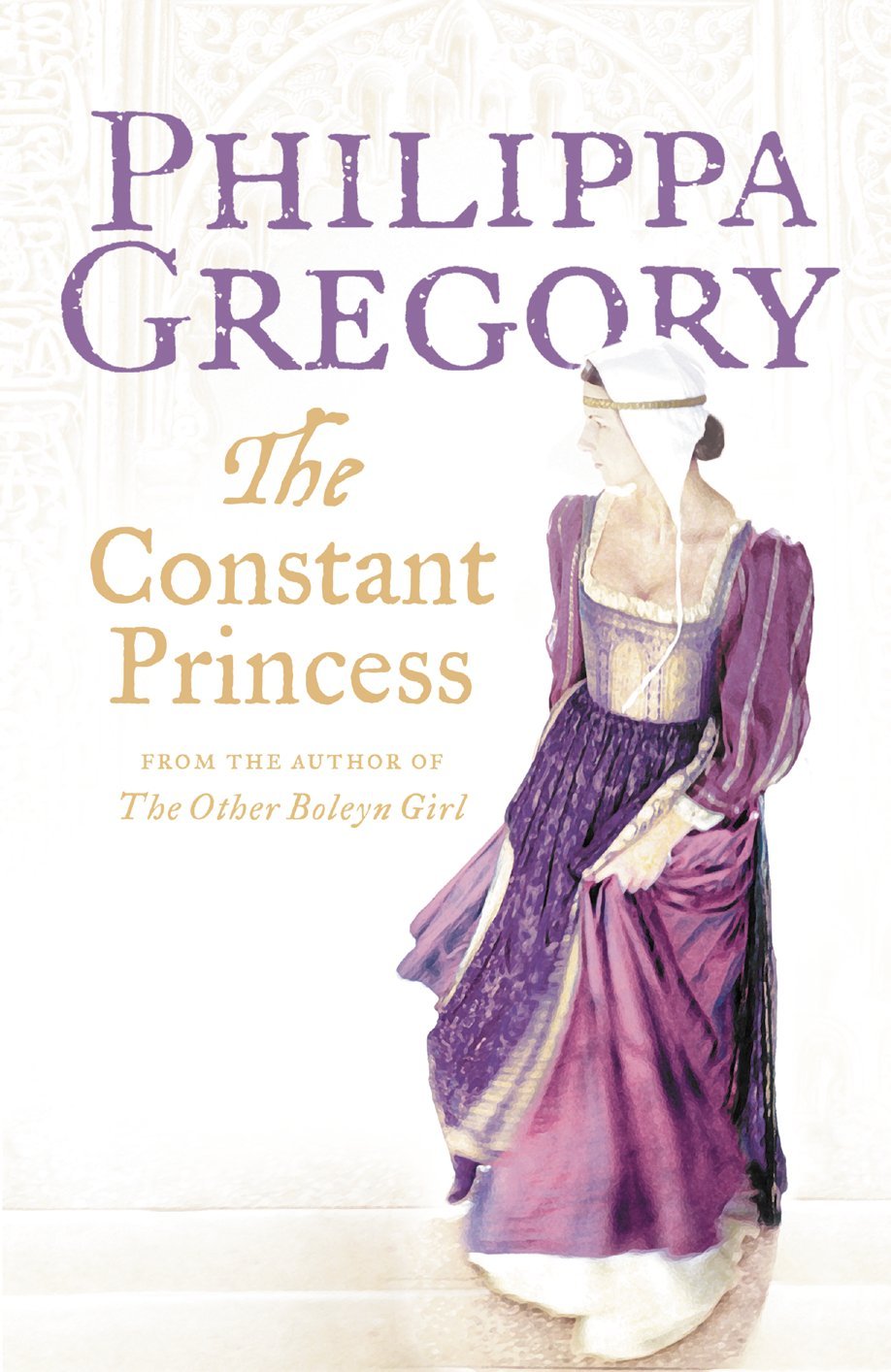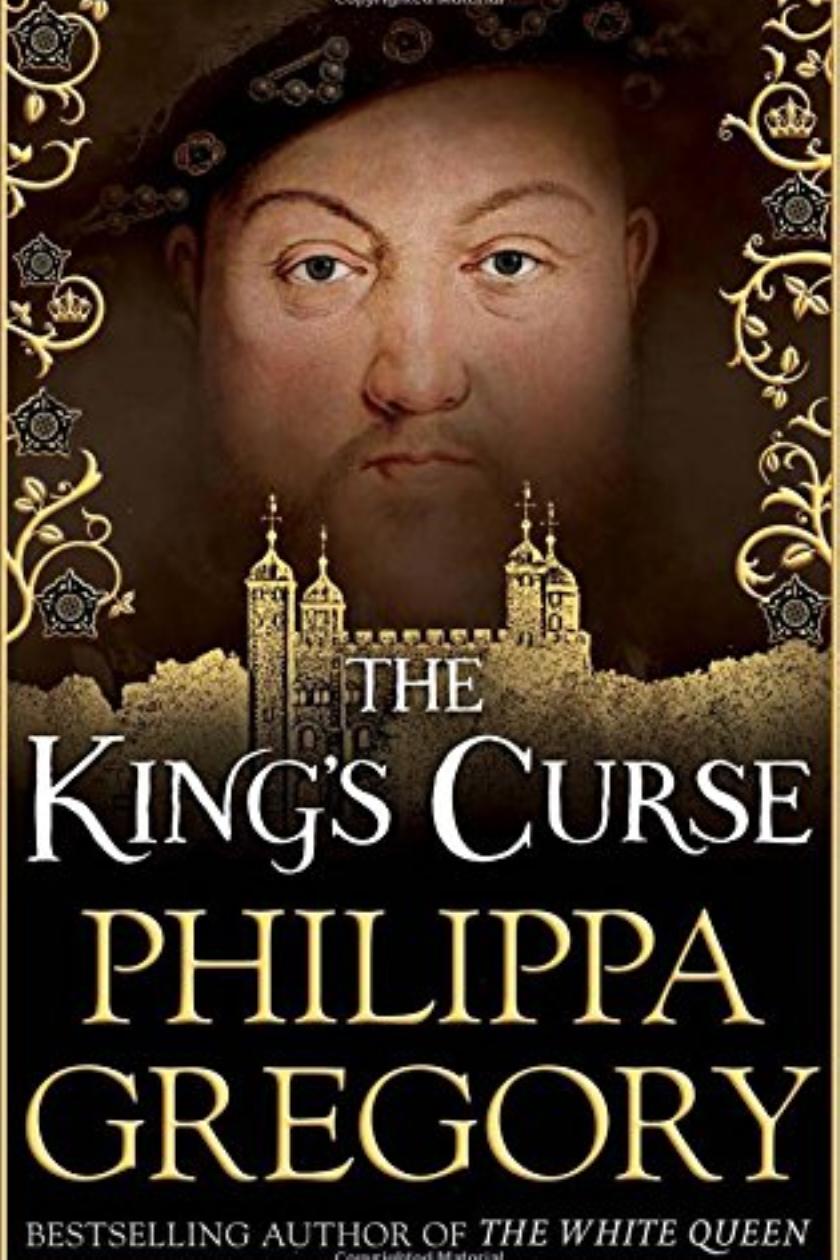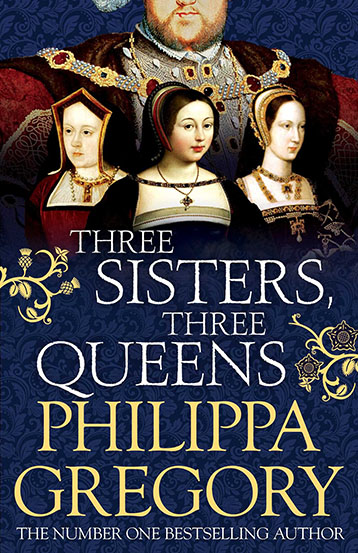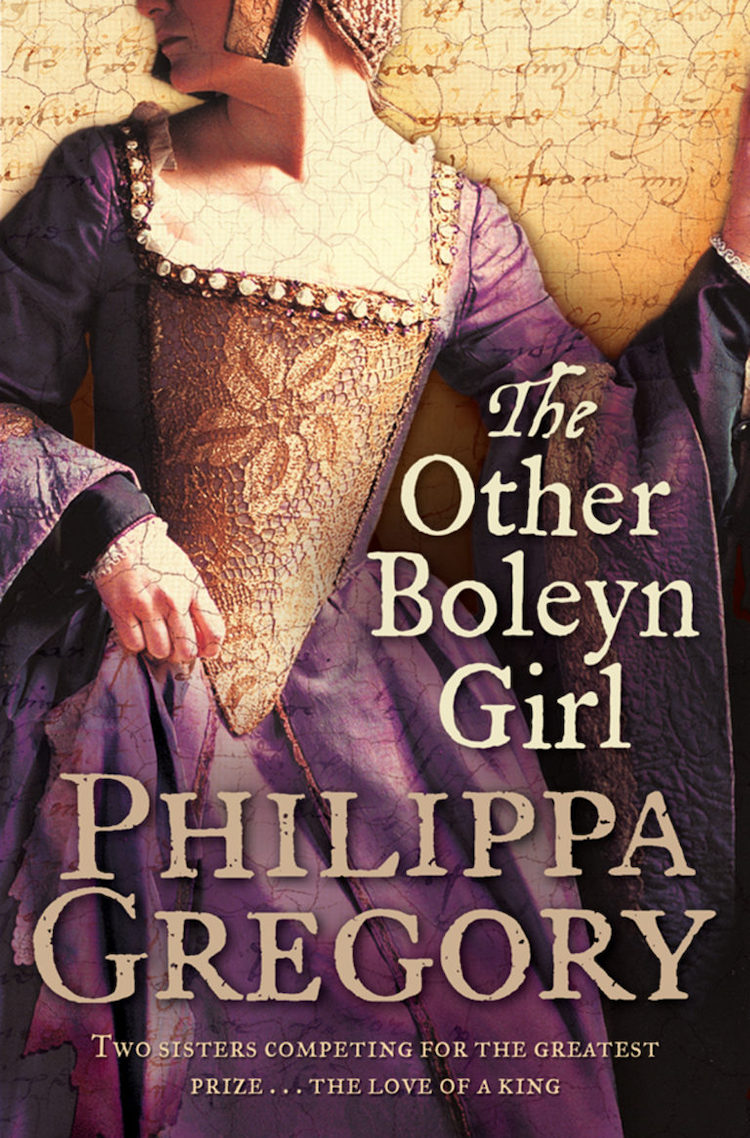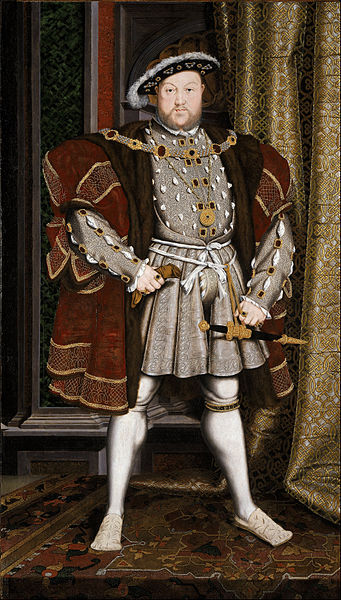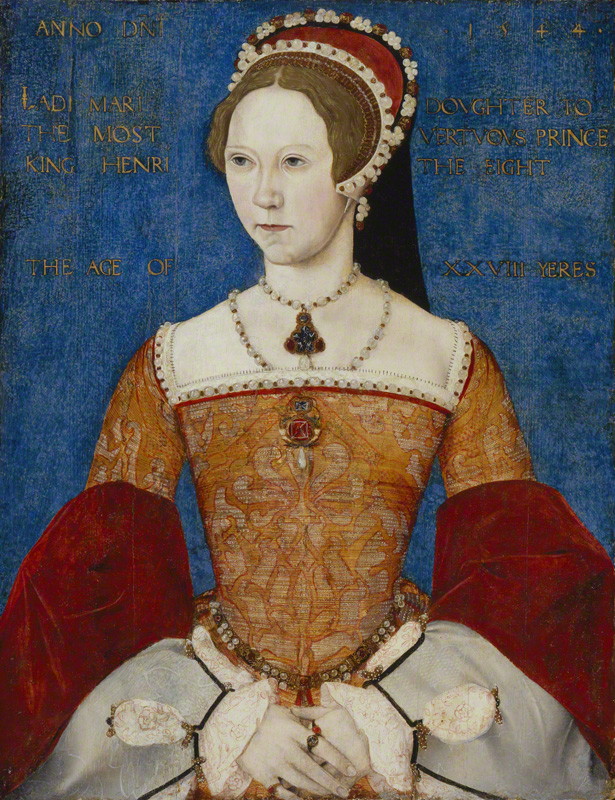Katherine was born Catalina of Aragon, the youngest child of Ferdinand of Aragon and Isabella of Castile, who ruled Spain jointly having united the country with their marriage.
Isabella and Ferdinand swelled their lands by crusading to drive from Spain the Muslims who had ruled there for hundreds of years. Isabella was on campaign during her pregnancy and took her daughters with her on campaign in Katherine’s early childhood. Much of Katherine’s later childhood was spent in the Alhambra palace in the newly conquered Granada.
Isabella was a descendant of John of Gaunt by both his first wife Blanche of Lancaster and his second wife Constance of Castile, so Katherine was a relative of the English royal family. When she was three she was betrothed to Arthur, the Prince of Wales, who was a year younger than her. She grew up in expectation of being his wife and Queen of England. At the age of fifteen she travelled to England for the marriage, never to see Spain again. Margaret Pole’s brother, Edward Plantagenet Earl of Warwick, nephew of Richard III, had been executed in anticipation of her arrival, an inauspicious start for a young marriage. Her parents wanted no pretenders to rival her husband and children on the English throne.
England was a very foreign country to Katherine, who had not even been taught English. In Spain women lived in comparative seclusion, and Katherine had been told by her parents to avoid contact with her husband-to-be’s family until the day of the wedding. King Henry VII, meanwhile, wished to see the wife he had arranged for his heir, and insisted on meeting her before the wedding, despite Katherine’s protest. They met for the first time in her private room, with almost no notice. This indignity at the very beginning of her new life cannot have been encouraging for Katherine.
Katherine and Arthur married in St Paul’s Cathedral on 14 November 1501. She was escorted to the wedding banquet by her groom’s younger brother, Henry, who was six years her junior. The bedding ceremony followed the wedding, and although in later life Katherine claimed the marriage was not consummated, at the time, there was no suggestion that this was true. In fact, a servant of Arthur’s later claimed that his master exclaimed that ‘I have been this night in the midst of Spain’. Arthur himself later commented ‘it is good pastime to have a wife’. Both parties were young, good-looking, fit and healthy. Katherine and Arthur moved to Ludlow Castle on the border of Wales, where they had little to do but set about producing an heir.
It was not to be, for Arthur died after only five months of marriage, leaving Katherine a sixteen-year-old widow in a strange country. Her journey back to London was taken slowly, partly because it was suspected that she might be carrying the next King of England. When it became apparent that she was not pregnant, her standing and prospects in England suffered a terrible blow. Prince Henry was now the heir to the throne.
Katherine was expected to return to Spain, but she instead remained in England. Dona Elvira, her duenna, wrote to Ferdinand and Isabella saying that Katherine was still a virgin, the first suggestion that her marriage had not been consummated. Without a pregnancy, being ‘untouched’ could be considered beneficial for Katherine’s marriage prospects. She was betrothed to Prince Henry for her second chance at the throne, despite a suggestion that she might marry her newly widowed father-in-law instead. Her mother obtained a dispensation from the Pope allowing her to marry Henry irrespective of whether her first marriage had been consummated. Katherine then waited in London, eventually in relative poverty, for seven years with no wedding in sight while King Ferdinand and Henry VII haggled over her dowry and dower portion. The death of her mother in 1504 meant that she was no longer the daughter of a united Spain, and her prospects worsened. Seven months later, Prince Henry formally renounced his betrothal to Katherine.
When Henry VIII ascended to the throne in April 1509, he was a dashing young seventeen-year-old prince determined to set right his father’s wrongs. The first of those wrongs was the renouncement of his betrothal to Katherine, and Henry declared his intention to marry her almost immediately. Katherine’s long wait had paid off. They were married in private on 11 June, and Katherine’s first marriage was annulled. Weeks after the wedding they were crowned king and queen at Westminster Abbey in England’s second joint coronation.
Katherine and Henry’s marriage was successful for many years. Katherine was a trusted advisor, and represented Spain as Europe’s first female ambassador. However, the spectre of their lack of reproductive success became apparent early. Katherine’s first pregnancy ended in stillbirth, and she was disastrously advised by her doctor that she had been carrying twins and was still pregnant. She went into confinement and waited for a baby that did not exist, while her husband had one of his many affairs. Eventually she had to return to the court, with no baby. Henry’s faith in her had suffered a blow, but his favour was entirely regained when her next pregnancy resulted in the longed-for son, Prince Henry. Henry VIII jousted as ‘Sir Loyal Heart’ in the triumphant celebrations. Tragically, the baby died just ten days later at less than two months old, leaving Katherine heartbroken and without an heir.
Katherine was named Regent when Henry campaigned in France from 1512 to 1514. The Scots, supposedly in alliance with the English after Henry’s sister Margaret’s marriage to their king, took advantage of the army’s absence to invade England. Emulating her mother, and defying the contemporary image of an English queen, Katherine commanded the country and the war effort, riding north with her troops, possibly in armour, and giving a stirring speech to her captains. At the Battle of Flodden Field her army defeated the invading force, killing James IV of Scotland. Exultantly, Katherine sent his coat to Henry in France. Her triumph was heightened further by the fact that she was pregnant.
Katherine’s greatest success was rapidly followed by great misfortune. She miscarried again, and the alliance between England and her father on which her marriage had been made ended. Katherine’s position with her husband thereafter was often dependent on the status of his relations with Spain.
Katherine gave Henry a total of six children, three of them boys, but only Mary I survived beyond infancy. Both parents loved Mary. Katherine was devoted, and was involved in her daughter’s education, even correcting her Latin homework. She was the source of Mary’s devotion to Catholicism.
In the absence of a male heir Henry’s affection for Katherine waned as she became too old for the hope to be realised. He honoured his illegitimate son Henry Fitzroy with two dukedoms, raising the fear that he might choose him over Mary as his heir, and transferred his attentions to Katherine’s lady-in-waiting Anne Boleyn. Katherine was pushed from favour.
In 1527 Henry asked the Pope for an annulment of his marriage on the grounds that it was cursed by God because Katherine had been his sister-in-law. Katherine refused to agree to an annulment or to retire to a nunnery, claiming that her first marriage had never been consummated and so could not be a barrier to her second. The Pope refused permission for the annulment. In 1529 Henry held a trial of the marriage. Katherine used the opportunity to deliver a speech on her knees in front of him protesting that she had been a good wife, undermining Henry’s presentation of himself as the wounded party. She refused to attend court for the rest of the trial. Katherine had always been popular with the people, and her treatment severely affected Henry’s popularity. As Henry’s life went on his mood swings became increasingly erratic as he descended into madness.
Henry married Anne Boleyn in secret in 1533 and then passed the Act of Supremacy, making himself head of the Church of England. This must have been utterly horrifying for Katherine, a staunch Catholic all her life. Henry’s new Archbishop of Canterbury annulled her second marriage, and she was retitled the Dowager Princess of Wales. Her daughter was declared illegitimate and styled ‘Lady Mary’. Anne was crowned queen in June 1533, while the former queen still lived. Despite being denied access to Mary, who was in ill health, and practically imprisoned away from the court in small residences, Katherine refused to agree that her marriage had not been valid. She died on 7 January 1536 at Kimbolton Castle after a long decline, probably from cancer, and is buried in Peterborough Cathedral. Her last letter to Henry was signed ‘Katharine the Queen’. She had been Henry’s queen for 23 years, longer than his subsequent five wives combined.
I am Catalina, Princess of Spain, daughter of the two greatest monarchs the world has ever known: Isabella of Castile and Ferdinand of Aragon. Their names are feared from Cairo to Baghdad to Constantinople to India and beyond by all the Moors in all their many nations: Turks, Indians, Chinamen; our rivals, admirers, enemies till death. My parents’ names are blessed by the Pope as the finest kings to defend the faith against the might of Islam, they are the greatest crusaders of Christendom as well as the first kings of Spain; and I am their youngest daughter, Catalina, Princess of Wales, and I will be Queen of England.
From The White Princess
Arthur is summoned to his father who tells him that his betrothal to the Spanish princess Katherine of Aragon is confirmed and will take place. Nothing can delay it, now that the monarchs of Spain are confident that there is no pretender threatening Henry’s throne. But they write to their ambassador to ask him why the pretender has not been executed, as they had expected either his death in battle or a prompt beheading on the battlefield. Why has he not been put on trial and swiftly despatched?
Lamely, the ambassador replies to them that the king is merciful. As merciless usurpers themselves, they do not understand this; but they allow the betrothal to go ahead, stipulating only that the pretender should die before the marriage ceremony. That is mercy enough, they suggest. The ambassador hints to the king that Isabella and Ferdinand, the King and Queen of Spain, would prefer it if there was not a drop of doubtful blood left in the country, not Perkin Warbeck, nor Maggie’s brother; they would prefer it if there were no heir of York at all.
From Three Sisters, Three Queens
She kisses everyone goodnight and when it is my turn, she puts her warm cheek to mine and says: ‘Goodnight, Sister’ in that stupid accent, in her patronising way. She draws back and sees my cross face and she gives a little ripple of laughter. ‘Oho!’ she says, and pats my cheek as if my bad temper does not trouble her. This is a real princess, as naturally royal as my mother; this is the girl who will be Queen of England; and so I don’t resent the pat, more like a caress. I find that I like her and dislike her, all together, all at once.
From The King’s Curse
Katherine is filled with bloodthirsty delight, and I laugh as she dances round the room, singing a battle song in Spanish. I take her hands and beg her to sit, be still and be calm; but she is completely her mother’s daughter, demanding that the head of James of Scotland be sent to her, until we persuade her that an English monarch cannot be so ferocious. Instead she sends his bloodstained coat and torn banners to Henry in France, so that he shall know she has guarded the kingdom better than any regent has ever done before, that she has defeated the Scots as no-one has ever done before, and London celebrates with the court that we have a heroine queen, a queen militant, who can hold the kingdom and carry a child in her womb.
Anne had met her match in the queen, I thought. No-one could penetrate beneath the veneer of the daughter of Spain. Anne was a courtier beyond all others but she had been born a commoner. Queen Katherine had been born a princess. From the moment she could talk she had been taught to guard her tongue. From the moment she could walk she had been taught to step carefully and speak kindly to both rich and poor, for you never knew when you might need both rich and poor. Queen Katherine had been a player in a highly competitive, highly wealthy court before Anne had even been born.
‘And Queen Katherine of Aragon? She makes a noise?’
I am on firmer ground here. ‘She never once complained to the king. She always greeted him with a smile, whatever she had heard, whatever she feared. She was always a most courteous wife and queen.’
‘But he took a lover? Just the same? With such a queen at his side? Her, a princess that he had married for love?’
‘Yes.’
‘And was that lover Lady Anne Boleyn?’
I nod.
‘A lady in waiting? Her own lady in waiting?’
I nod again at the remorseless march of her logic.
I was married when I was a boy to a woman who was not free to marry me. I didn’t know it till God harrowed me with grief. Baby after baby was taken from us. It nearly killed her, it broke my heart. I had to let her go to spare her further pain. I had to release her from a marriage that was cursed. It was the hardest thing I ever did. But if I were to have a son for England I had to let her go. I sent Katherine of Aragon away, the finest princess that Spain ever raised, and it broke my heart to do so. But I had to do it.
From The Queen's Fool
Everyone remembered the sweetness and beauty of her mother who had been Queen of England for longer than she had been a princess of Spain, who had been the wife that the king had loved the longest and the best, and who had died with a blessing for him, even though he had deserted her. Everyone was glad to see her daughter riding to her mother’s throne with her golden cap on her head and her army of men behind her, their bright glad faces showing the world that they were proud to serve such a princess and to bring her to her capital city, which even now declared for her and was ringing the bells in every church tower to make her welcome.
Image: Katherine of Aragon by unknown artist, c.1520, on loan to the National Portrait Gallery from Church Commissioners for England (NPG L246)
